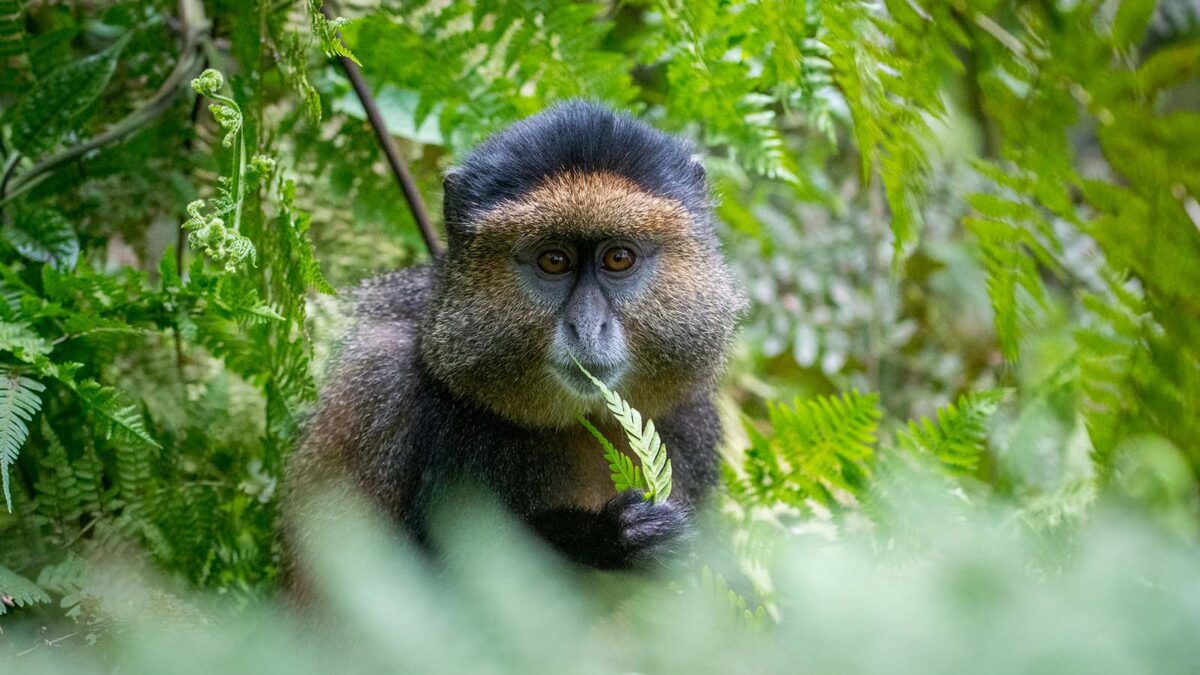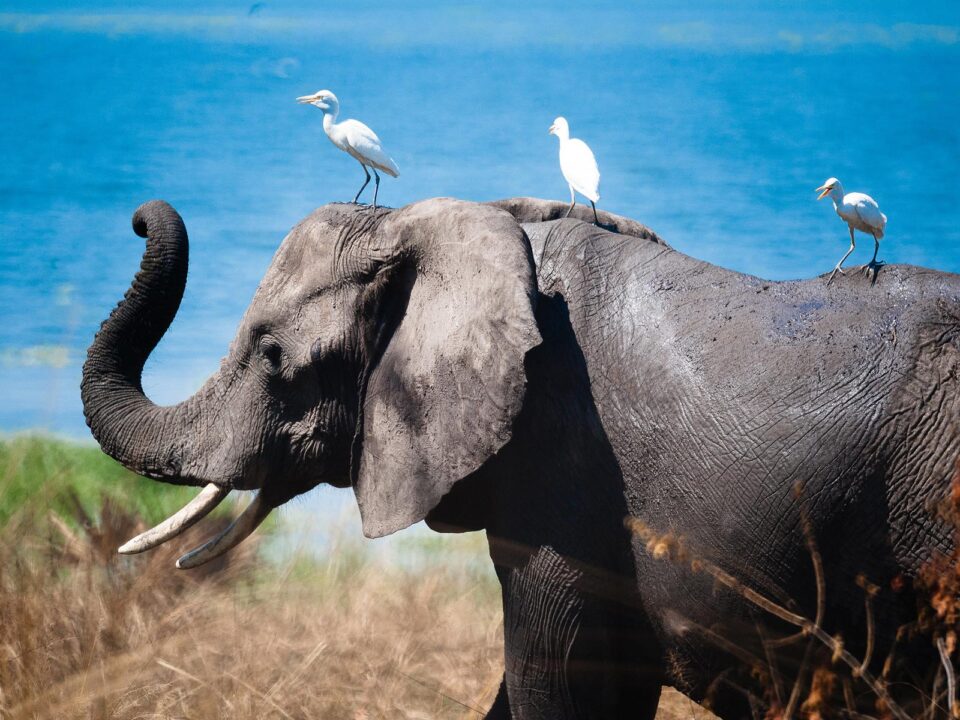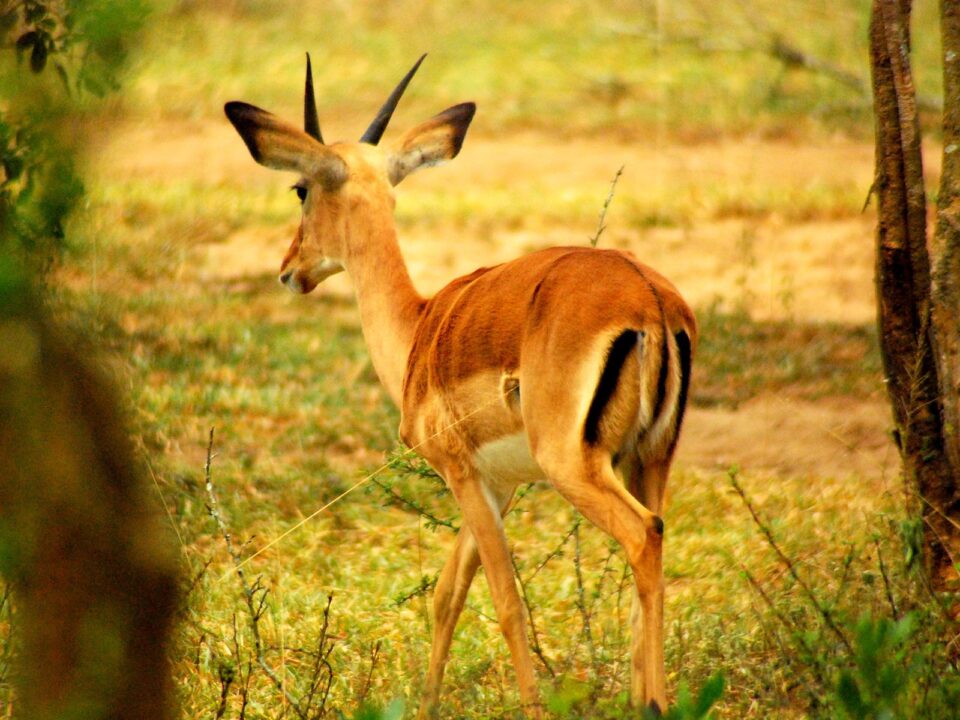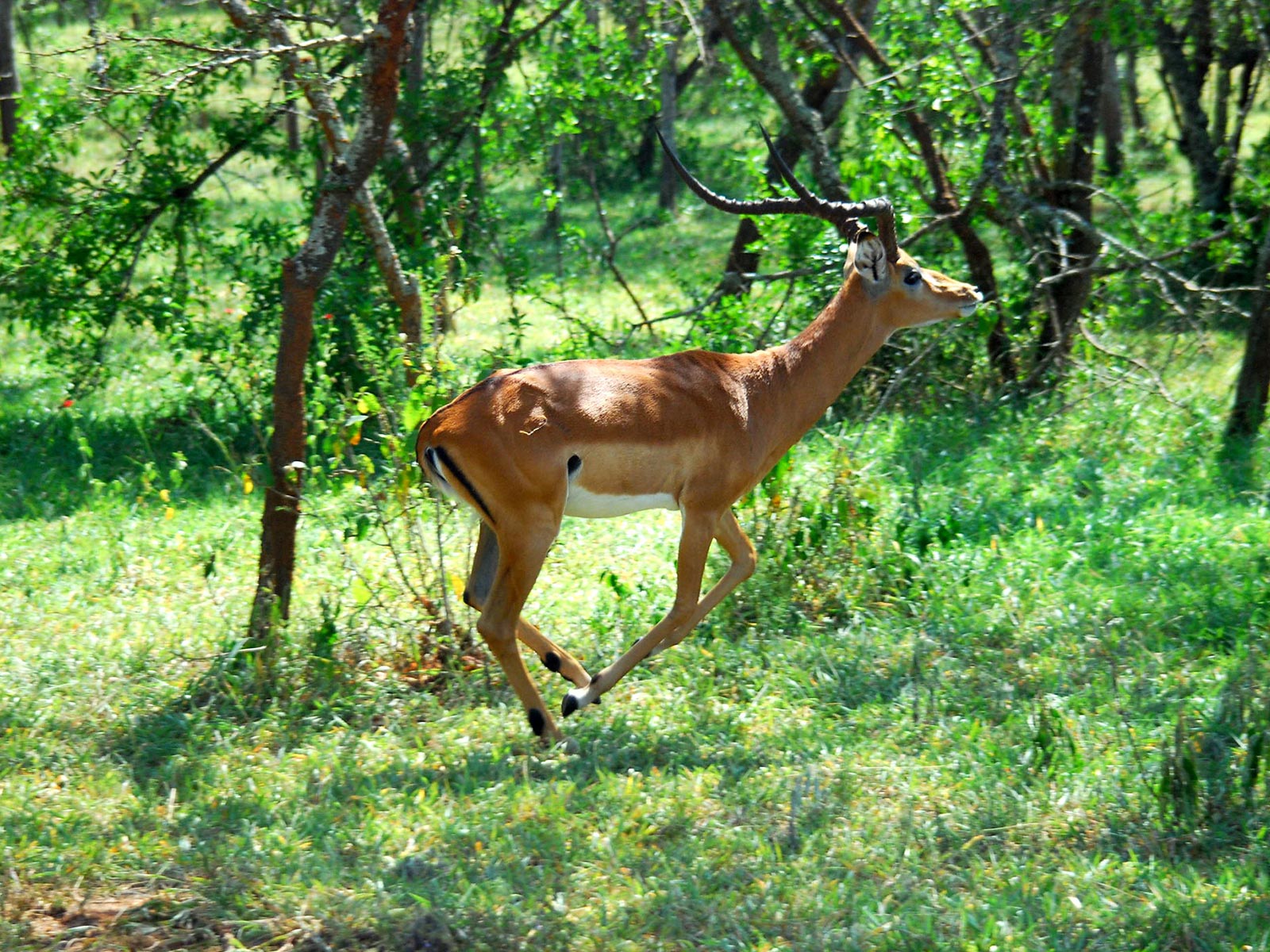Wildlife in Gishwati Mukura National Park

Hiking and Climbing Rwanda’s Volcanoes
September 13, 2023
Luxury Five Volcanoes Boutique Hotel
September 14, 2023Exploring the Wildlife and Birds of Gishwati Mukura National Park
Gishwati Mukura National Park, Rwanda’s fourth national park, is a remarkable natural gem that comprises two separate forests: the expansive Gishwati and the smaller Mukura, together spanning 34 square kilometers, including a buffer zone. Nestled on the ridge that demarcates the Congo and Nile water catchment areas, this park is situated along the incredibly biodiverse Albertine Rift in the western part of the country. It boasts a rich tapestry of biodiversity, with approximately 60 species of trees, including indigenous hardwoods and bamboo, gracing its landscape.
Wildlife of Gishwati National Park
Within Gishwati Mukura National Park, an intriguing ensemble of wildlife calls this forest home. Notably, a group of 20 chimpanzees resides here, coexisting with golden monkeys, L’Hoest’s monkeys, and Blue Monkeys. These primates add an aura of mystique to the park, offering unique opportunities for wildlife enthusiasts and adventurers.
Birds of Gishwati National Park
Gishwati Mukura National Park serves as a thriving habitat for birds, boasting 232 documented bird species in Gishwati and 163 in Mukura. Among these, you’ll find Albertine Rift Endemic species and forest specialists, making it a prime destination for birdwatchers and ornithologists alike.
Restoration and Conservation Efforts
The park is currently part of an ambitious landscape restoration program. Activities in the park were initially set to commence in 2019 but faced delays. These activities include guided nature hikes, chimp and monkey tracking excursions, bird watching adventures, and visits to enchanting waterfalls.
Addressing Environmental Challenges
Gishwati Mukura National Park faced significant challenges in the past, primarily due to resettlement, illegal mining in the mineral-rich forest, and livestock farming. These activities took a toll on the park’s ecosystem and biodiversity.
A New Chapter of Conservation
The formalization of its National Park status in 2015 aimed to help restore the balance. It strives to increase the number of trees to improve soil fertility, stabilize slopes, and regulate stream flow. By doing so, it contributes to the betterment of the surrounding communities, offering them improved livelihoods. This, in turn, enhances the forest’s prospects for regeneration and safeguards its future, creating a sustainable harmony between nature and human well-being.
Community Engagement and Sustainable Activities
In addition to its conservation efforts, Gishwati Mukura National Park engages with local communities to foster sustainable practices and mutual benefits. Visitors have the opportunity to partake in various community-based activities, such as farm stays, live cultural dances, handicraft making, beekeeping experiences, guided tea plantation tours, and interactions with traditional healers who blend natural remedies with modern medicine.
As Gishwati Mukura National Park continues its journey of restoration and conservation, it stands as a testament to the resilience of nature and the positive impact of community engagement in preserving our planet’s natural treasures.




